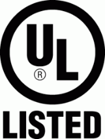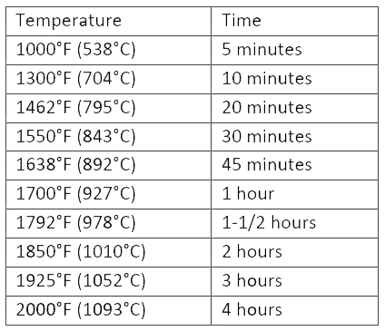
Underwriter Laboratories (UL) is an American safety, consulting and certification company and provides, among others, certification, validation and testing of products in passive fire protection. A UL Mark is recognized and trusted as a symbol of safety worldwide. UL states “promoting safe living and working environments for people by the application of safety science and hazard-based safety engineering” as one of their main missions.
UL certified products, such as doors, are especially significant on onshore structures in America and the Middle East. The main goals for UL certified fire doors are to prevent the spread of fire and smoke within a structure, to allow safe evacuation of people, and to provide passage on a daily basis.
UL requirements for fire doors
Compartmentalization in passive fire protection is realized by dividing the onshore oil and gas structure into segments. This is realized with fire and blast protective walls, door and windows. Each section needs to be carefully assessed in order to decide which fire rating each of them need. Once you have decided to on the fire rating per section, you make can make a selection of products which comply to the rating.
Fire rated doors are tested according to the Time-Temperature Curve described in the UL standard. The points on the curve that determine its character are:

The table shows that the higher the temperature, the more time a door is required to withstand and contain the fire. During each specific time, the door must remain operable and keep providing safety.
When required by project specifications, a hose stream test can be conducted. The hose stream serves as an indicator for the reliability of the material to perform its intended function. During a hose stream test a product is placed in a furnace heated to e.g. 892ºC for 45 minutes, and higher temperatures for longer ratings. Additionally, water is delivered via a hose stream from 6 meters away with a force of 57.7 lbf at 30 psi and 86.6 lbf at 45 psi. If the product remains intact without exceeding the tolerable openings, it passes the test.
Conclusion
When a fire door passes both tests mentioned above, it can be considered as a UL certified door and will be granted a UL Mark. Care should be taken to verify that the doors are installed in accordance with the manufacturer’s installation instructions, and in accordance with other international requirements.







